Porcine circovirus associated disease presents a significant challenge to swine health and pork production globally. Multiple types, including PCV2 and PCV3, have worldwide distribution. Since first being described in 2019, PCV4 has been detected in Asia and Europe but not previously in the US. In a study funded by the Swine Health Information Center, PCV4 was detected for the first time in US clinical samples submitted to the Iowa State University VDL from June to September 2023. Led by Dr. Pablo Pineyro at Iowa State University, this study provides initial insight into the frequency of detection, tissue distribution, and genetic characterization of PCV4 in the US. Further studies to understand PCV4 prevalence as well as its role in coinfection and production losses are warranted to assess its importance and perhaps economic impact in the swine industry.
The study has been published by the journal Nature Scientific Reports and is available at nature.com as well as here.
Objectives of this study included (1) characterizing the detection rate of PCV4 across different sample types from clinical submissions, (2) comparing molecular features of US PCV4 ORF2 sequences to reference strains, (3) characterizing the co-detection rates by direct and indirect methods for PCV2, PCV3, and other endemic viral and bacterial pathogens in PCV4 positive samples, and (4) identifying the tissue distribution and immune cell types which facilitate PCV4 replication by direct detection methods. Overall, PCV4 was detected in 8.6% of samples tested with an average PCR Ct value of 33. Lymphoid tissue had the highest detection rate (18.7% positive) and PCV4 was most commonly identified in nursery to finishing aged pigs displaying respiratory and enteric disease. Co-infection with PCV2, PCV3 and other endemic swine pathogens was frequently observed.
To accurately assess PCV4 tissue distribution, the study utilized 512 porcine lung, feces, spleen, serum, lymphoid tissue, and fetal tissue samples submitted for routine diagnostic investigation to the ISU VDL from June through September 2023. Samples were randomly selected to be representative of those used to evaluate different clinical syndromes. PCV4 was detected in 44 of the 512 samples evaluated (8.6%) with positive results in lung (9%), feces (5%), spleen (9%), serum (10%) and lymphoid tissue (17.2%) but was not detected in fetal samples. PCV4 PCR Ct value ranged from 21.3 to 36.2; the average Ct value for different sample types was not significantly different. Direct detection by in situ hybridization confirmed viral replication in lymph nodes and the lamina propria of the small intestine.
Fetal samples tested in the current study were negative for PCV4, including tissues from aborted fetuses, mummies, and stillbirths. However, previous studies from other countries have reported the detection of PCV4 viral DNA in aborted fetuses from sows with reproductive failure. Further studies are needed to investigate and characterize the presence and significance of PCV4 detection in tissue from aborted fetuses and stillbirths to evaluate its potential role in reproductive failure. The researchers noted that PCV4 tissue tropism may differ from PCV2 and PCV3, thereby resulting in potential differences in clinical presentation and lesions associated with infection.
Two complete PCV4 ORF2 sequences were obtained from positive lymphoid tissue samples with a Ct value of 21.3 and 25.6. To understand the potential origin of PCV4, the two complete US ORF2 sequences were compared to 73 reference PCV4 ORF2 sequences obtained from GenBank including those sequences of Spanish, South Korean, Tai, Chinese, and Malaysian origin. One strain had 98.98% nucleotide identity with a 2022 Spanish sequence and the second had 98.69% nucleotide identity with a 2020 South Korean sequence. The phylogenetic analysis revealed relatively high nucleotide identity between US sequences and reference sequences from other countries, suggesting potential global dissemination of PCV4 strains.
Researchers reported PCV4 detection was most commonly observed in nursery to finishing aged pigs displaying respiratory and enteric disease. Frequent co-infection with PCV2, PCV3, and other endemic pathogens was observed, with researchers noting this highlights the complex interplay between different PCVs and their potential roles in disease pathogenesis. All samples were analyzed for the presence of PCV2, PCV3, and PCV4 viral DNA by qPCR. The rates for single detection of PCV4 (3-5%) and co-detection of PCV4/2 (2-4%) were similar for lung, feces, spleen, and serum. Additionally, data showed lymphoid tissue displayed the highest detection rate for PCV4 single detection (10.9%) and PCV4/2 co-detection (4.7%). The PCV4/3 co-detection was relatively infrequent and only confirmed in 1% of lung and serum samples.
For respiratory cases with PCV4 detected, co-infections with PCV2, Streptococcus suis, and PRRSV were most frequently identified. In the instance of PRRSV and PCV4 co-infection, co-detection of the viruses occurred in the lymph node but not in the lung. For enteric cases, Escherichia coli and Salmonella species were most commonly identified with seven and three detections, respectively.
Although the pathogenesis of PCV4 remains poorly understood and its role in clinical disease and production losses is still unknown, findings of the study confirm the presence of PCV4 in the US. Further research is warranted to elucidate the pathogenic mechanisms and clinical implications of PCV4 infection, and the interaction of PCV4 with other pathogens in pigs. This study underscores the importance of ongoing surveillance and research efforts to better understand and mitigate the impact of PCV4 as a potential emerging pathogen to swine health and production.
The Swine Health Information Center, launched in 2015 with Pork Checkoff funding, protects and enhances the health of the US swine herd by minimizing the impact of emerging disease threats through preparedness, coordinated communications, global disease monitoring, analysis of swine health data, and targeted research investments. As a conduit of information and research, SHIC encourages sharing of its publications and research. Forward, reprint, and quote SHIC material freely. For more information, visit http://www.swinehealth.org or contact Dr. Megan Niederwerder at [email protected] or Dr. Lisa Becton at [email protected].
Copyright 2025 | Swinehealth.org | Website by Heartland Marketing Group